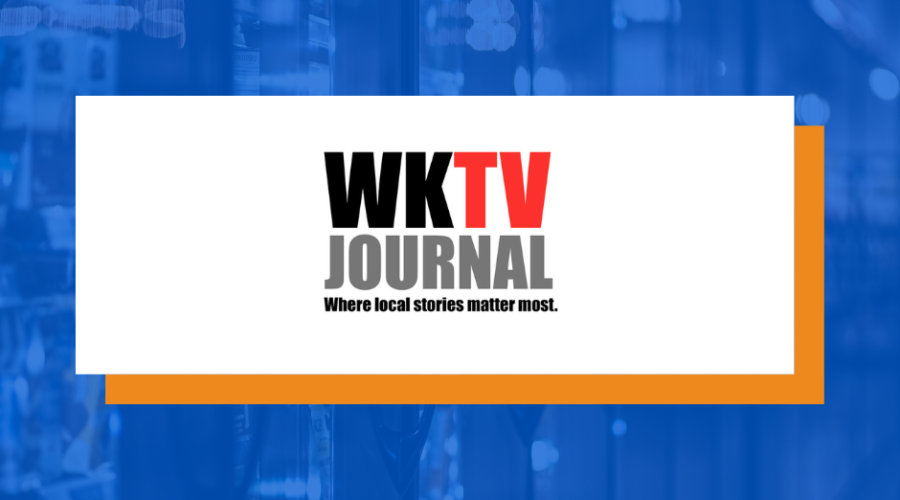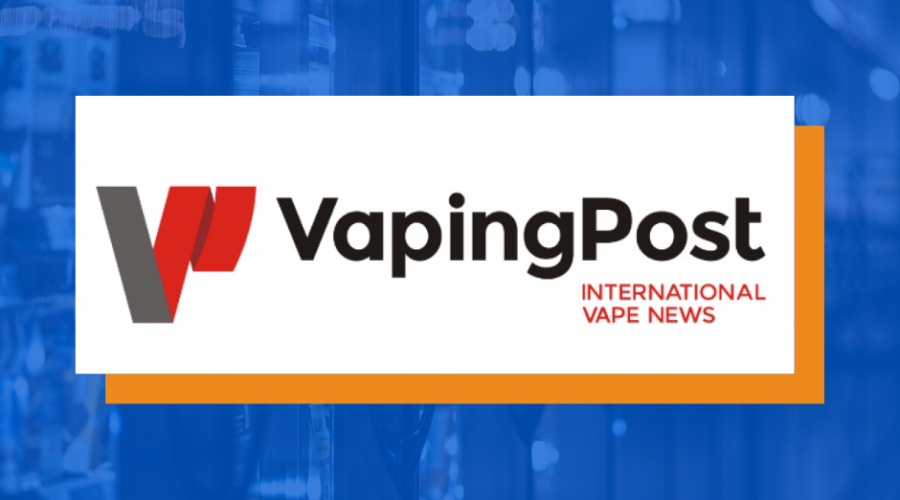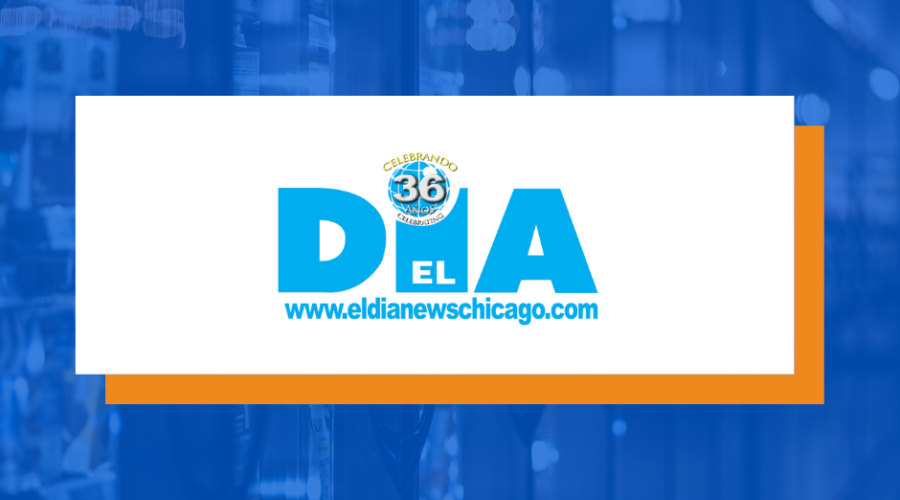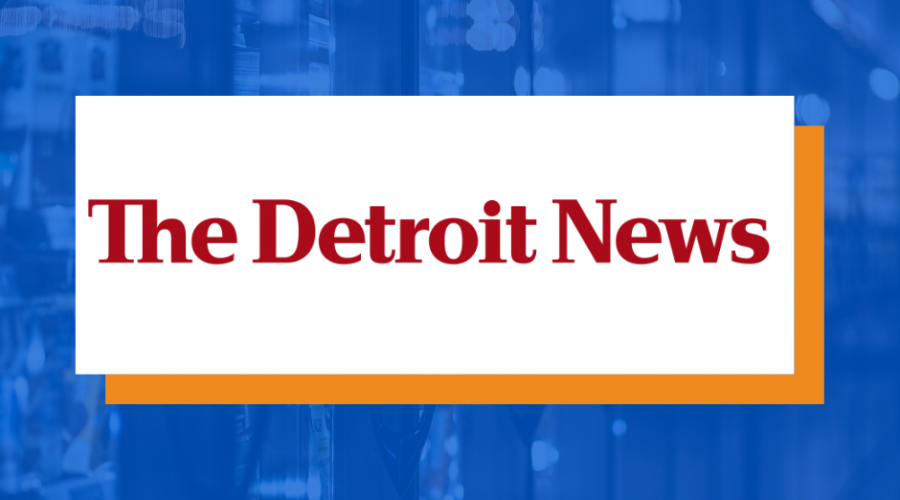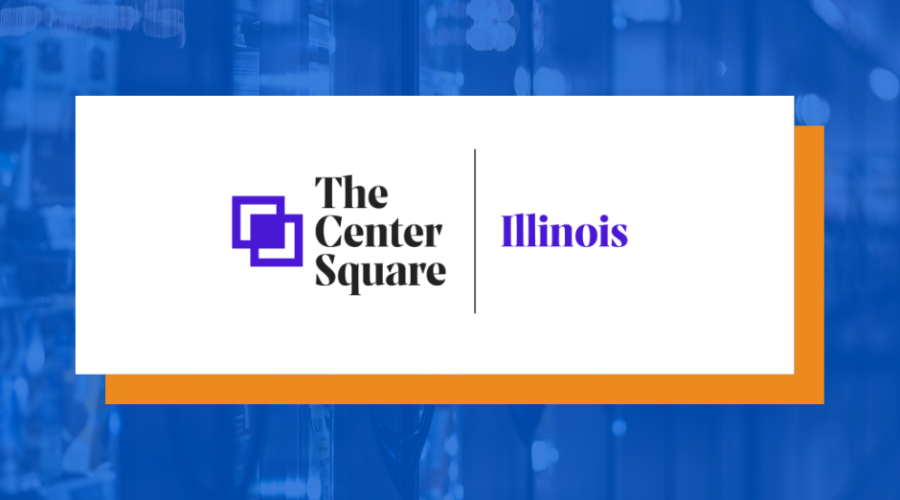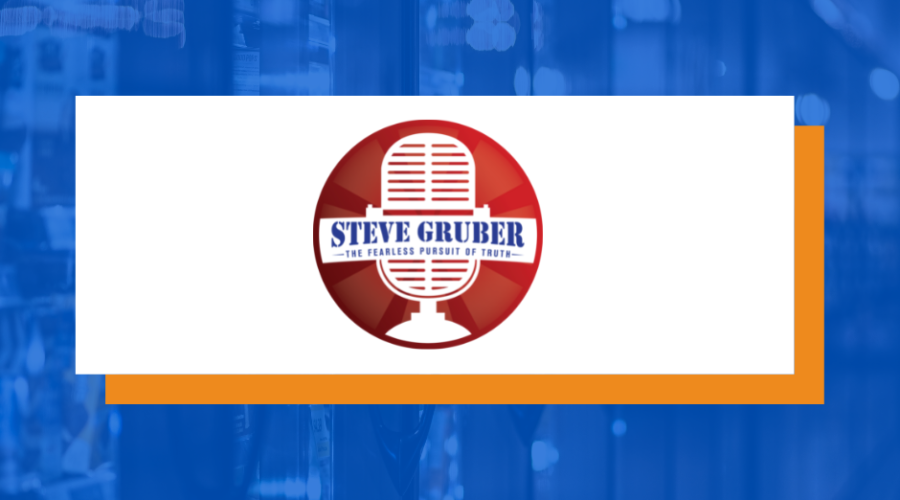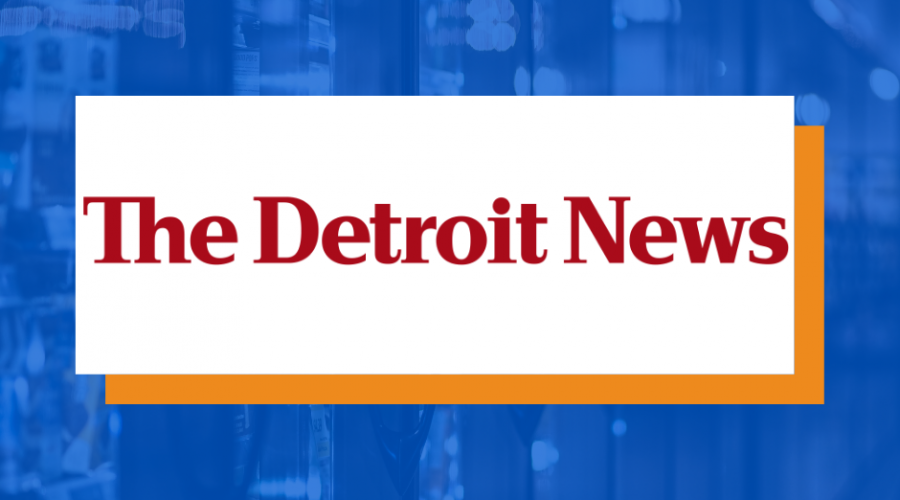Michigan law makes fight for municipal broadband an uphill battle
For more than a decade, municipalities around the United States have been starting their own government-run broadband networks to bring high-speed internet to their residents.
They might do so for a variety of reasons: to provide residents faster service at a lower cost, to encourage economic development, to provide high-speed internet to areas that private Internet Service Providers aren’t interested in serving, or to bring more economical connections to urban areas where residents can’t afford the service provided by private ISPs.
But due to laws on the books in Michigan, cities can face significant obstacles in starting their own network.
Michigan is one of 18 states that put restrictions on municipal broadband programs. Under the Metropolitan Extension Telecommunications Rights-of-Way Oversight Act of 2002, public entities can provide telecommunications services only if they have first requested bids for the services and received fewer than three qualified bids. They also must subject themselves to the same terms as those specified in their Request for Proposal.
Read the full text here
